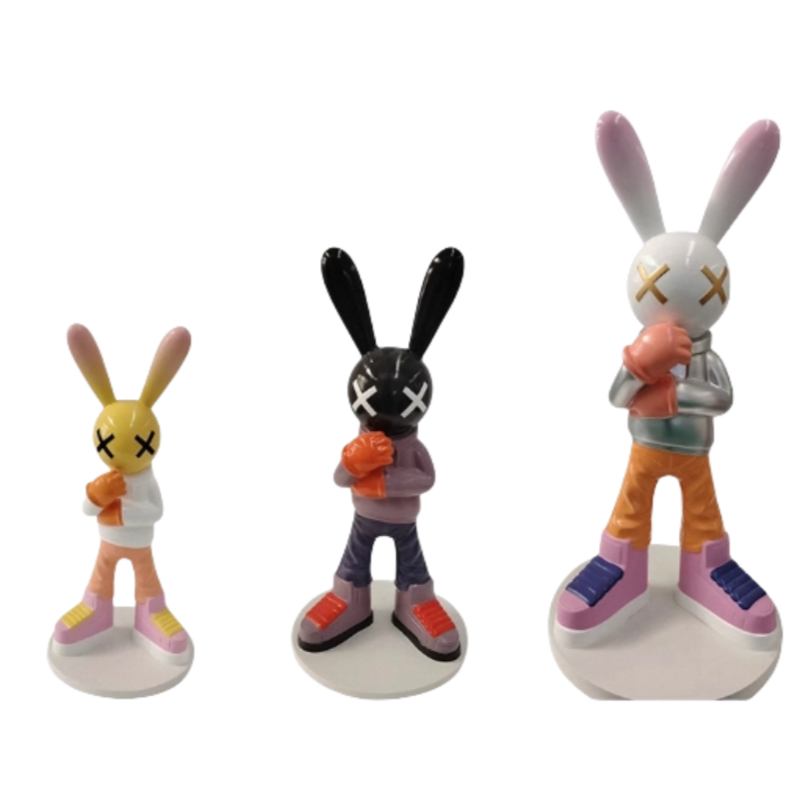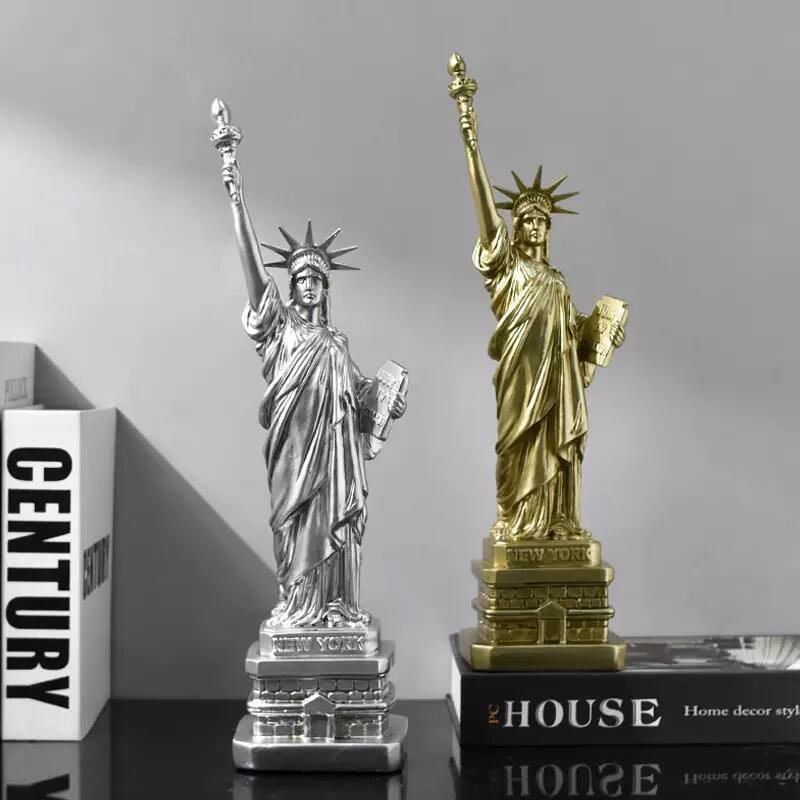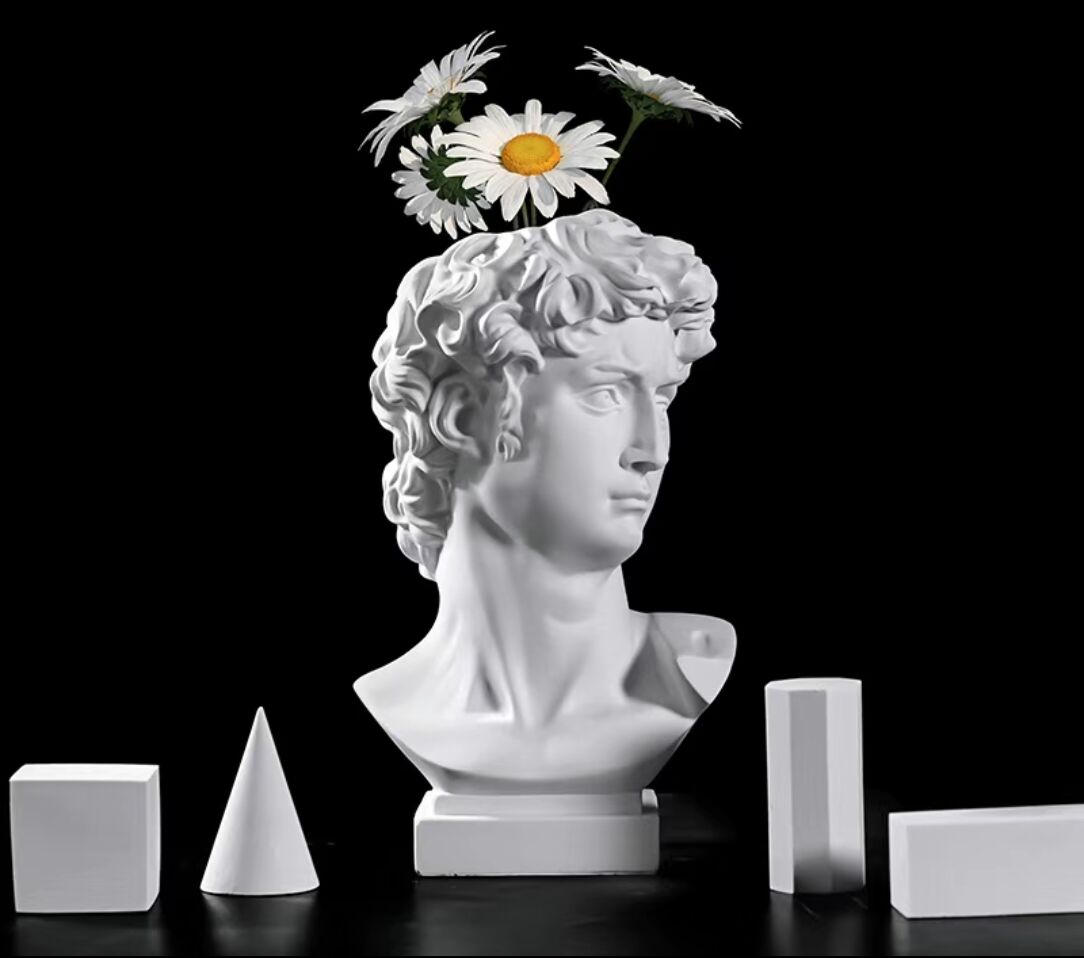glass sculpture art
Glass sculpture art represents a mesmerizing fusion of traditional craftsmanship and contemporary artistic expression. This sophisticated art form involves manipulating molten glass through various techniques including blowing, casting, and flame working to create stunning three-dimensional pieces. Artists employ specialized tools and equipment, working at temperatures exceeding 2000 degrees Fahrenheit to shape and mold the glass into intricate designs. The process combines scientific precision with creative vision, utilizing different types of glass materials such as borosilicate, soda-lime, and crystal glass. Modern glass sculpture incorporates advanced technologies like computer-aided design for planning complex pieces and temperature-controlled annealing ovens for proper cooling. These sculptures serve both decorative and functional purposes, from elegant centerpieces to architectural installations. The versatility of glass as a medium allows artists to achieve various effects through techniques like layering, color mixing, and surface treatments, resulting in pieces that can be transparent, opaque, or anything in between. The art form has evolved to include interactive installations, mixed-media pieces, and large-scale public art projects.












